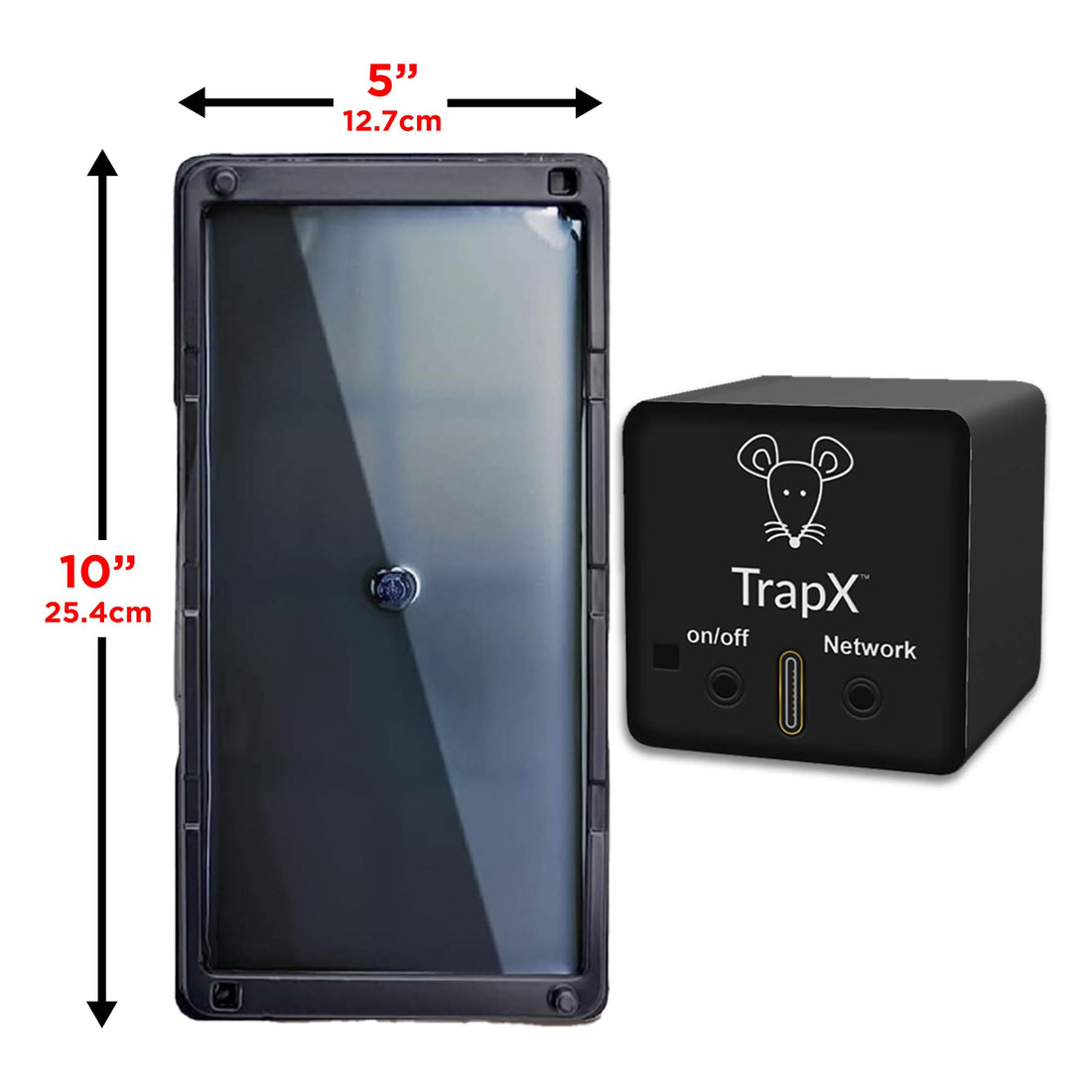Mastering Home Pest Control: Your Ultimate Guide to Home Pest Control Monitors
Share
Living in a pest-free home is something we all aspire to, yet achieving it can sometimes feel like an uphill battle. From ants invading your kitchen to mice making a home in your attic, pests can bring a whole host of issues. Fortunately, advancements in technology have introduced solutions like home pest control monitors, which make managing pests more efficient and effective. In this comprehensive guide, we will explore everything you need to know about home pest control monitors, their benefits, how they work, and how to choose the best one for your needs.

What is a Home Pest Control Monitor?
A home pest control monitor is a device designed to detect, monitor, and sometimes eliminate pests in your home. These devices come in various forms, including electronic traps, sensors, and integrated systems that can be connected to your home network. The primary purpose of these monitors is to provide real-time data and alerts about pest activity, allowing you to take timely action to address any issues.

Why You Need a Home Pest Control Monitor
Traditional pest control methods often involve reactive measures, such as calling an exterminator after noticing an infestation. Home pest control monitors, on the other hand, offer a proactive approach. Here are some reasons why investing in a home pest control monitor is beneficial:
- Early Detection: These devices can identify pest activity before it becomes a significant problem, allowing you to address it promptly.
- Cost-Efficiency: Early detection and timely action can save you money in the long run by preventing extensive damage and costly extermination services.
- Safety: Many pest control monitors use non-toxic methods, making them safer for homes with children and pets.
- Convenience: With real-time alerts and data, you can manage pest control from the comfort of your home.

Types of Home Pest Control Monitors
Home pest control monitors come in various types, each designed to tackle specific pest problems. Let's explore some of the most common types:
Electronic Mouse Traps
Electronic mouse traps are a popular choice for dealing with rodent infestations. These traps deliver a high-voltage shock to mice, killing them instantly. They are designed to be humane and mess-free. Some advanced models even come with Bluetooth or Wi-Fi connectivity, allowing you to receive alerts on your smartphone when a mouse is caught. For more details on electronic mouse traps, check out this article.
Sensor-Based Monitors
Sensor-based monitors use advanced technology to detect pest activity. These devices can identify the presence of pests through motion, heat, or sound sensors. Once detected, they send alerts to your smartphone or home automation system. This type of monitor is particularly useful for detecting pests like cockroaches, ants, and termites.
Integrated Pest Management Systems
Integrated pest management (IPM) systems combine various technologies and methods to provide a comprehensive pest control solution. These systems often include electronic traps, sensors, and chemical-free repellents. They can be connected to your home network, allowing you to monitor and control pest activity through a single interface. Discover more about IPM systems in this article.
How to Choose the Right Home Pest Control Monitor
With so many options available, choosing the right home pest control monitor can be overwhelming. Here are some factors to consider:
Type of Pests
Identify the specific pests you are dealing with. Different monitors are designed for different types of pests. For example, electronic mouse traps are ideal for rodent problems, while sensor-based monitors are better suited for insects.
Coverage Area
Consider the size of the area you need to monitor. Some devices are designed for small spaces, while others can cover larger areas. Ensure that the monitor you choose is suitable for the size of your home.
Connectivity
Many modern pest control monitors offer connectivity features like Bluetooth or Wi-Fi. These features allow you to receive real-time alerts and monitor pest activity remotely. If you prefer a more hands-on approach, opt for a monitor with these capabilities.
Ease of Use
Choose a monitor that is easy to install and use. Look for devices with clear instructions and user-friendly interfaces. The goal is to make pest control as hassle-free as possible.
Safety
Ensure that the monitor you choose is safe for your household. Look for non-toxic and child-safe options, especially if you have pets or young children.
Installation and Maintenance Tips
Once you have chosen the right home pest control monitor, proper installation and maintenance are crucial for its effectiveness. Here are some tips:
Read the Instructions
Ensure you read and follow the manufacturer's instructions for installation and use. This will help you get the most out of your monitor.
Regular Checks
Perform regular checks and maintenance on your monitors. Empty traps, replace batteries, and clean sensors as needed to ensure optimal performance.
Monitor Data
Keep an eye on the data and alerts provided by your pest control monitor. This will help you stay informed about pest activity and take action promptly.
DIY Pest Control Tips
While home pest control monitors are highly effective, combining them with some DIY pest control tips can further enhance your efforts. Here are some tips to keep your home pest-free:
Keep Your Home Clean
Pests are attracted to food and shelter. Keep your home clean and free of crumbs, spills, and clutter to reduce the chances of attracting pests.
Seal Entry Points
Inspect your home for any entry points that pests might use to get inside. Seal cracks, gaps, and holes in walls, windows, and doors to prevent pests from entering.
Proper Waste Management
Dispose of garbage regularly and use sealed bins to keep pests away. Avoid leaving food waste uncovered, as it can attract pests like rodents and insects.
Maintain Your Yard
Keep your yard well-maintained by trimming bushes, mowing the lawn, and removing standing water. This will reduce the chances of pests nesting near your home.
Conclusion
Home pest control monitors are a game-changer in the world of pest management. They offer a proactive and efficient way to detect, monitor, and eliminate pests, helping you maintain a pest-free home. By choosing the right monitor and following proper installation and maintenance tips, you can enjoy the benefits of early detection, cost-efficiency, and safety. Combine these monitors with some DIY pest control tips, and you'll have a comprehensive strategy to keep your home pest-free.
For more information on advanced pest control solutions, check out our detailed articles on Victor Electronic Mouse Traps and Rodent Infestations. Ready to take control of your home's pest situation? Make a purchase here.
May17.chat.5pass.general public.home pest control monitorAs an Amazon Associate, I earn from qualifying purchases.
